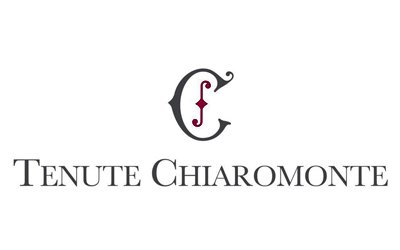The Palio delle botti was an opportunity to have a nice tasting of Primitivo di Gioia del Colle, with the guidance of director Daniele Cernilli and sommelier Enzo Scivetti.
Every year, on the first Saturday and Sunday of August, falconry shows, performances by jesters, fire artists, flag-wavers and timpanists enliven the alleys of the historic center of Gioia del Colle, a town in the Murgia region of Bari.
A medieval setting provides the backdrop at Palio of the Barrels. It is a challenge in which competitors, strictly in period clothing, compete in a contest of strength and skill by pushing fully painted 225-liter barrels. Each barrel represents a winery, the winner is awarded the “Cencio“, a coveted trophy painted each time by a different artist.
The winning winery keeps the prize until the next edition.
The tournament , now in its seventh year, aims to protect and preserve the memory of the past and traditions and on the other to promote new initiatives related to culture and tourism.

With the Palio of the Barrels, the tasting
For the first time, the folk festival was combined with a technical tasting featuring some of the area’s expression wines based on Primitivo di Gioia del Colle.
The masterclass “Shades of Primitivo di Gioia del Colle” was led by director Daniele Cernilli and Enzo Scivetti.
It resulted in an engaging insight into the genesis of the grape varieties, the influence of the soil on the wines and the characteristics of Primitivo di Gioia del Colle. Primitivo has uncertain origins, its introduction in Apulia can perhaps be traced back to Phoenician or later Hellenic colonization.
It is certain that in the late 1700s, the selection of Primitivo made by Primicerio Don Francesco Filippo Indelicati of Gioia del Colle, within the old locally cultivated vineyards led to the use and spread of the Primitivo grape variety.

Whatever its origin, the grape variety had already existed in the area for quite some time, then had a phase of spread in the province of Taranto as well in the late 19th century. Primitivo di Gioia is genetically identical to Zinfandel, a grape variety that has spread to California and Australia where it has been incredibly successful.
DNA studies have confirmed the equality; the two names are therefore synonymous.
Primitivo, also closely resembles the Croatian grape variety Plavac mali.
With this, however, it has only a direct relationship.
“The triumph of Primitivo depends on the time of ripening; it is early, even more so in Manduria – said Daniele Cernilli -.
La raccolta anticipava la stagione delle piogge, la scelta non era una questione di gusto ma di sopravvivenza.
A quell’epoca il vino era una fonte di energia di pronto utilizzo.
Quasi tutte le varietà di uve provenivano da Oriente, dall’incrocio con l’uva selvatica locale sono nati i vitigni moderni.
Il Sangiovese, per esempio, non è il vitigno degli Etruschi, le prime testimonianze risalgono alla fine del ‘500, è imparentato con i vitigni calabresi e siciliani.
Il Nerello mascalese, il Frappato e il Gaglioppo sono parenti stretti “.

A wine in the plural
When talking about Primitivo it is necessary to decline in the plural, there is not just one Primitive but Primitives.
I territori influenzano l’espressione delle uve, that of Gioia del Colle is different from Primitivo di Manduria and Primitivo del Salento (an area known to be more suited to the cultivation of Negroamaro). Primitivo di Gioia del Colle must be vinified in purity, with Primitivo grapes grown in the DOC area (that of Manduria, on the other hand, also involves the use of other grapes).
Il disciplinare comprende oltre Gioia del Colle alcuni comuni in provincia di Bari: Altamura, Cassano delle Murge, Castellana, Conversano e Turi.
Primitivo di Gioia grows in more calcareous soils, vineyards located between 200 and 400 meters are subject to considerable temperature excursions and are exposed to special ventilation, the harvest is delayed compared to Manduria.
In Gioia, the wine is more eclectic and drinkable, lending itself better to different versions.
Interessante la proposta rosata, un mix tra un rosé e un rosso giovane.
A Manduria dall’altro canto si scommette più sul residuo zuccherino e la gradazione alcolica.













